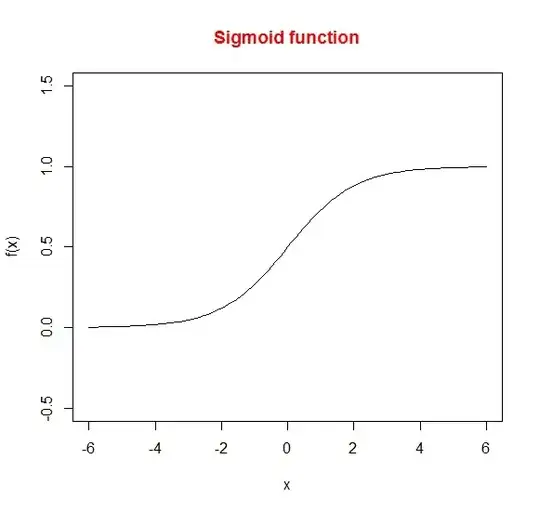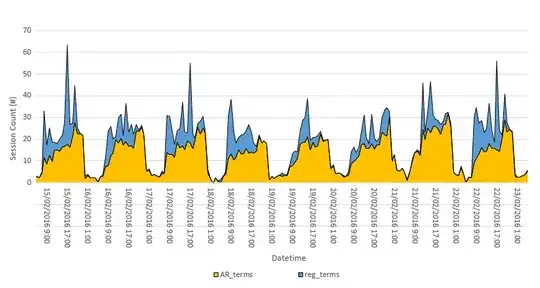A combination of two reasons:
- Newton method attracts to saddle points;
- saddle points are common in machine learning, or in fact any multivariable optimization.
Look at the function $$f=x^2-y^2$$

If you apply multivariate Newton method, you get the following.
$$\mathbf{x}_{n+1} = \mathbf{x}_n - [\mathbf{H}f(\mathbf{x}_n)]^{-1} \nabla f(\mathbf{x}_n)$$
Let's get the Hessian:
$$\mathbf{H}= \begin{bmatrix}
\dfrac{\partial^2 f}{\partial x_1^2} & \dfrac{\partial^2 f}{\partial x_1\,\partial x_2} & \cdots & \dfrac{\partial^2 f}{\partial x_1\,\partial x_n} \\[2.2ex]
\dfrac{\partial^2 f}{\partial x_2\,\partial x_1} & \dfrac{\partial^2 f}{\partial x_2^2} & \cdots & \dfrac{\partial^2 f}{\partial x_2\,\partial x_n} \\[2.2ex]
\vdots & \vdots & \ddots & \vdots \\[2.2ex]
\dfrac{\partial^2 f}{\partial x_n\,\partial x_1} & \dfrac{\partial^2 f}{\partial x_n\,\partial x_2} & \cdots & \dfrac{\partial^2 f}{\partial x_n^2}
\end{bmatrix}.$$
$$\mathbf{H}= \begin{bmatrix}
2 & 0 \\[2.2ex]
0 & -2
\end{bmatrix}$$
Invert it:
$$[\mathbf{H} f]^{-1}= \begin{bmatrix}
1/2 & 0 \\[2.2ex]
0 & -1/2
\end{bmatrix}$$
Get the gradient:
$$\nabla f=\begin{bmatrix}
2x \\[2.2ex]
-2y
\end{bmatrix}$$
Get the final equation:
$$\mathbf{\begin{bmatrix}
x \\[2.2ex]
y
\end{bmatrix}}_{n+1} = \begin{bmatrix}
x \\[2.2ex]
y
\end{bmatrix}_n
-\begin{bmatrix}
1/2 & 0 \\[2.2ex]
0 & -1/2
\end{bmatrix} \begin{bmatrix}
2x_n \\[2.2ex]
-2y_n
\end{bmatrix}=
\mathbf{\begin{bmatrix}
x \\[2.2ex]
y
\end{bmatrix}}_n - \begin{bmatrix}
x \\[2.2ex]
y
\end{bmatrix}_n
=
\begin{bmatrix}
0 \\[2.2ex]
0
\end{bmatrix}
$$
So, you see how the Newton method led you to the saddle point at $x=0,y=0$.
In contrast, the gradient descent method will not lead to the saddle point. The gradient is zero at the saddle point, but a tiny step out would pull the optimization away as you can see from the gradient above - its gradient on y-variable is negative.

